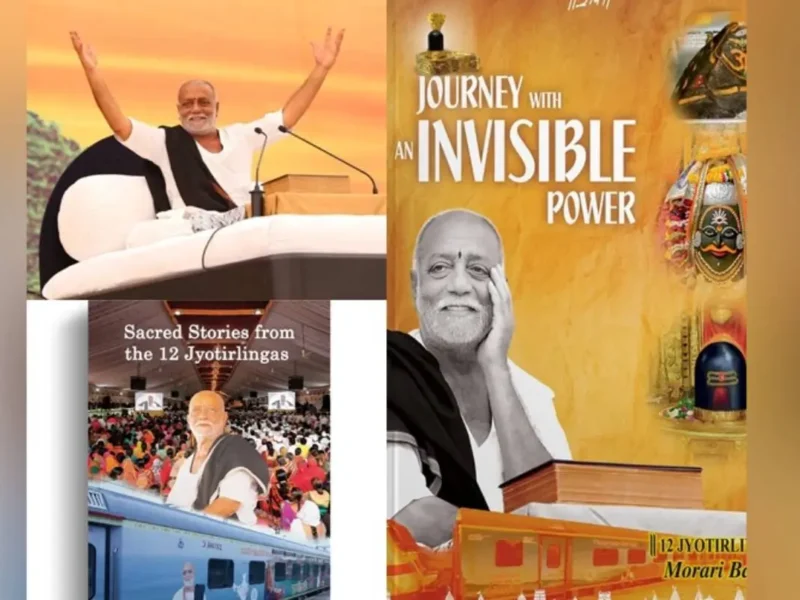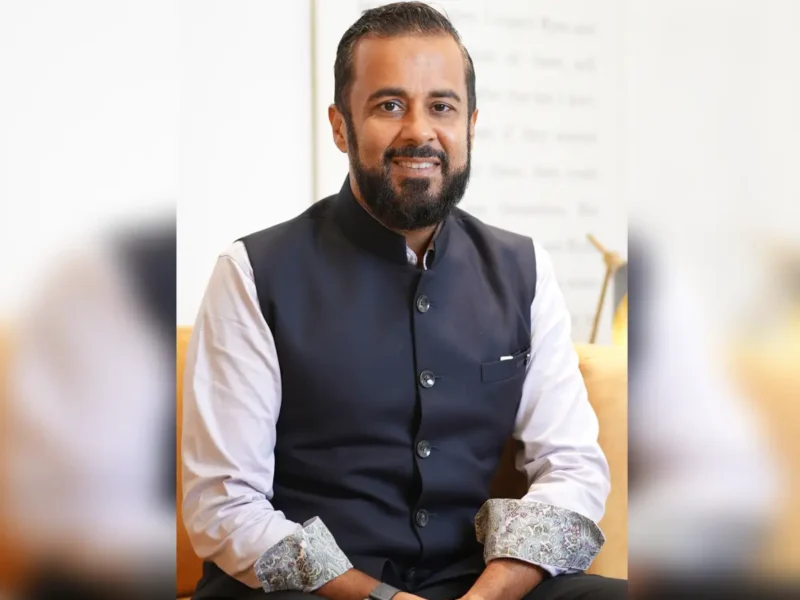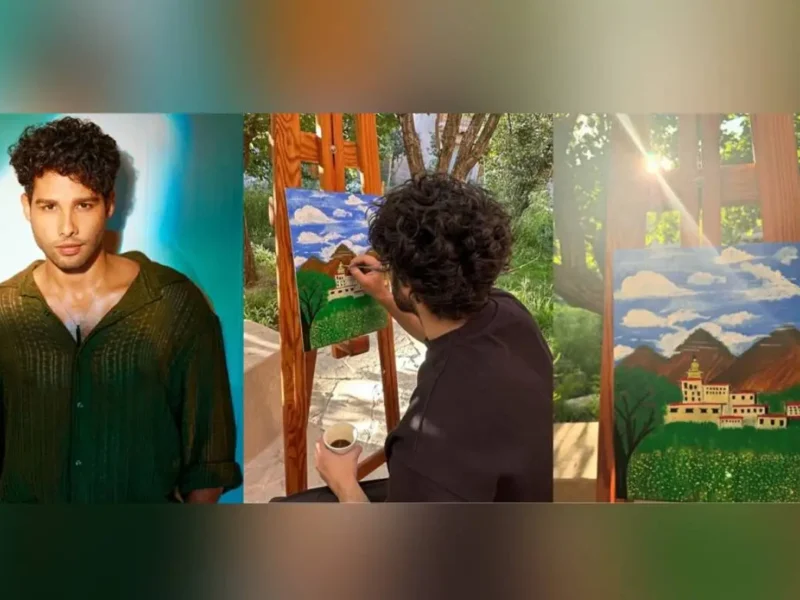
Role of Women Freedom Fighters Needs to Recorded
NEW DELHI, (IANS) – While the role of women in the freedom struggle has been “highlighted to a very large extent” of late, a lot more needs to be done to “make their stories more enduring” as tokenism in the name of issuing commemorative stamps or naming programs in their memory “may not be enough”, says multi-dimensional author Anu Kumar in a new book that vividly recreates the lives of 35 women who fought for India’s Independence.
Kumar’s book is, “Her Name Was Freedom – 35 Fearless Women Who Fought for Indian Independence” (Hachette).
“As for permanency, maybe there should be more of them in school textbooks; and more books about them, certainly – their stories added (not substituted) to the wider struggle by many others. And maybe films, podcasts, series on them too. Everything that’s possible to make their stories enduring, really. If more women’s stories were highlighted, maybe this world would be a peaceful, kinder place, I daresay,” Kumar says.
A considerable amount of research went into the writing of the book.
“I looked up primary accounts: the memoirs written by the likes of Kamaladevi Chattopadhyay, Durgabai Deshmukh, Qudsia Rasul, Kalpana Dutta, Vijaya Lakshmi Pandit, and others, for these evoke that period and time most vividly, and other accounts by their peers, such as Yusuf Meherally writing about Aruna Asaf Ali, for example, some newspaper accounts of the time, and then later secondary accounts, work by historians and writers,” Kumar said.
Is there a common strain running through the women featured in the book that explains what motivated them to stand up and be counted?
“There was this realization for all these amazing women that political freedom could not come without emancipation on all fronts — the upliftment of women, the marginalized sections. Freedom didn’t just mean end of British rule, but an end to oppressive social customs, including caste inequities as well,” Kumar said.
Thus, in this book, the reader will come across a brave queen of Avadh who led her kingdom during an uprising, a 73-year-old freedom fighter who stood her ground against British soldiers, a fearless teen hero from Nagaland who defended the rights of her community, and many more.
Bravely setting out from their homes, these homemakers and princesses, politicians and poets, doctors and artists, and lawyers and educationists marched in protest, starved on hunger strikes, rallied supporters, went to jail, and led from the front. From Sarojini Naidu to Matangini Hazra, from Aruna Asaf Ali to Rani Gaidinliu, from Muthulakshmi Reddi to Hansa Mehta, and from Annie Mascarene to Vijaya Lakshmi Pandit, they showed amazing courage in breaking their shackles and facing grave challenges to liberate the country.
How does she strike a balance between writing for children and writing historical fiction for older readers? “Most of my writing for younger readers has involved history, actually. And I feel it’s been useful, helping them imbibe a historical sense, i.e., to see things in context of that time, rather than with hindsight. We’d be a lot kinder to each other then. As for balance: both kinds of writing involve rigorous research. I might say writing for younger readers is somewhat challenging for one has to explain complexities or crunch too much in too little, but I think younger readers come with greater acceptance and perceptiveness too.”




